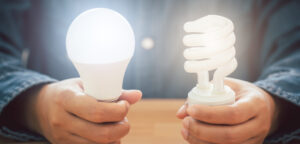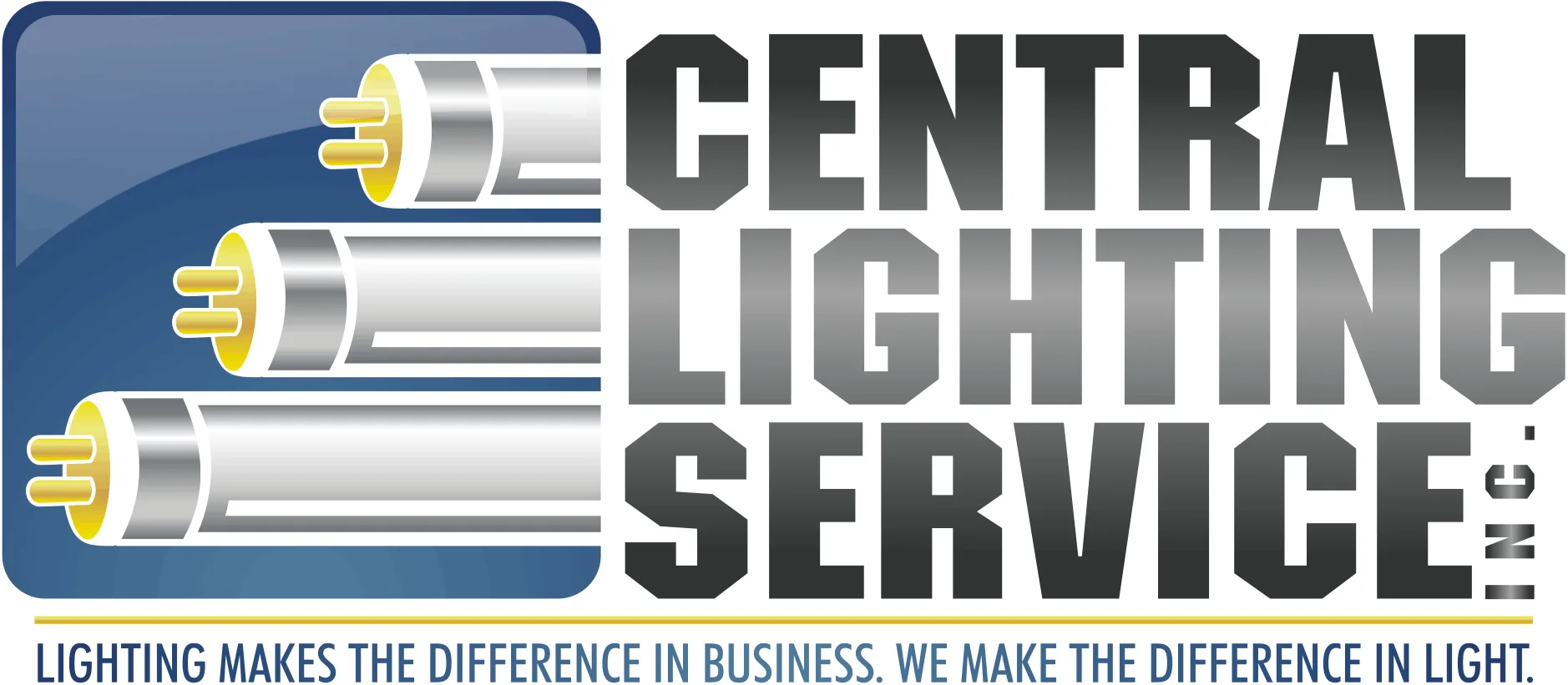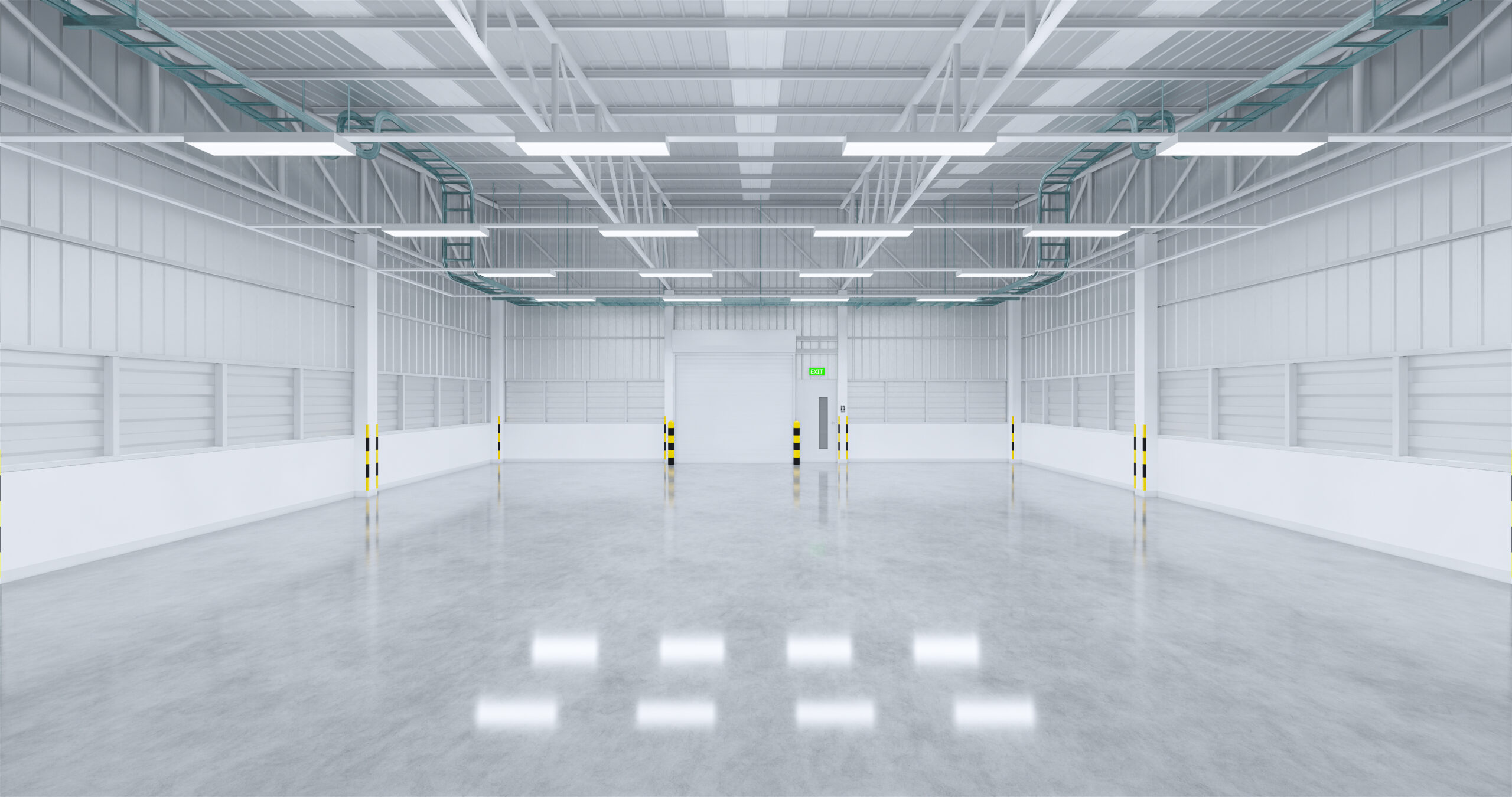Wondering about switching your old fixtures to LED, but don’t want the expense of a full replacement? Retrofitting your lights to LED might be the solution! Retrofitting your current lighting to LED technology offers several benefits compared to traditional lighting options. Here are some of the many benefits of retrofitting:
-
Energy Efficiency:LED lighting is highly energy-efficient and can reduce your energy consumption by up to 80% compared to traditional incandescent or fluorescent lighting. LEDs convert a higher percentage of electrical energy into visible light, minimizing wastage as heat.
-
Cost Savings:While the upfront cost of LED bulbs may be higher than traditional lighting options, their long-term cost savings are substantial. LED bulbs have a significantly longer lifespan, typically lasting 10 to 25 times longer than incandescent bulbs. This translates into reduced replacement and maintenance costs over time. Further savings can be had via retrofitting, as you may be able to keep your existing fixtures!
-
Long Lifespan:LED bulbs have an impressive operational life, often ranging from 25,000 to 50,000 hours or even more. This extended lifespan means fewer bulb replacements, resulting in lower maintenance costs and reduced inconvenience.
-
Durability and Reliability:LEDs are solid-state devices without fragile components like filaments or glass enclosures found in incandescent or fluorescent bulbs. This makes LEDs more resistant to shock, vibrations, and external impacts, improving their reliability in various applications. This makes LEDs a perfect choice for environments such as workshops, warehouses, and places where your lights may experience greater wear and tear.
-
Instant On/Off:LED lighting reaches full brightness instantly, unlike traditional lighting that may require warm-up time. This is particularly useful in areas where frequent switching on and off occurs or where motion sensors are utilized.
-
Flexibility in Design:LED technology allows for a wide range of design options due to its compact size and directional light output. It enables lighting fixtures to be more compact, lightweight, and versatile, making them suitable for various applications, including architectural lighting, task lighting, and decorative lighting.
-
Environmental Friendliness:LEDs are environmentally friendly lighting options. They do not contain hazardous materials like mercury, which is found in fluorescent bulbs. LED lighting also produces lower carbon emissions due to its energy efficiency, contributing to reduced environmental impact.

-
Improved Color Rendering:LED lighting can offer excellent color rendering, meaning it can accurately reproduce colors compared to other light sources. This makes them suitable for applications where color accuracy is crucial, such as in retail stores, art galleries, or photography studios. Additionally, LEDs keep their original color for far longer, compared to traditional lighting solutions which may start to dim or turn yellow after only a few months.
-
Dimming Capabilities:LED technology provides excellent dimming capabilities, allowing you to adjust the light output to create different ambiances and save additional energy when full brightness is not required. However, it’s important to ensure compatibility between the LED bulbs and dimming systems for optimal performance.
-
Reduced Heat Emission:LED lighting produces significantly less heat compared to traditional lighting, reducing the risk of fire hazards and making them suitable for applications where heat-sensitive materials or temperature control are important.
By retrofitting your current lighting to LED, you can benefit from improved energy efficiency, cost savings, longer lifespan, enhanced durability, and various design options, all while reducing environmental impact.


